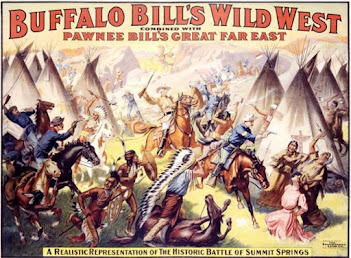Controlling Society with the Power of Censorship
What is censorship?
As a textbook definition, censorship is the suppression of information. Commonly, it is used to prohibit parts of books, films or media that are considered obscene, politically unacceptable or a threat to security.
Censorship can be broken down into many categories including political, government secrets, religion, economic, educational sources, self-censorship, reverse censorship and media censorship. These censors can be in the form of redacted text on a government document, blurring out a person’s face in a photo or video, supplying students with textbooks that only discuss one side of history or even the prohibition of showing certain films in conservative areas.
Is it successful?
The purpose of censorship ranges from good to bad, but the more positive goals with censorship have to do with protecting individuals from public slander. Censorship can reduce the amount of hate speech used on social media as well as protect younger users from viewing unhealthy content. Films or TV shows with mature ratings are not typically advertised for children, and parents have power to censor their kids from watching shows on Netflix that may be too crude or violent. Censorship can also protect the public from information that they do not need to know. Sometimes people spend too much time looking into issues or topics that should be none of their concern, and censorship helps to prevent anyone from becoming too involved in solving problems that are out of their control.
Who does it benefit?
Some forms of censorship are necessary when it comes to protecting younger generations and those who are wrongfully involved in issues. For example, hiding the identity of jury members protects themselves and their loved ones. Prohibiting individuals under the age of 18 from attending certain films or nightclubs is another positive outcome of censorship as forcing children to grow up so quickly today is tempting poor mental stability for the future.
Everyone always has an agenda. No matter how much power you hold – or do not hold – there is always a reason for doing something in this world. Unfortunately, hidden motivations usually have negative impacts on one or all parties. A mom censoring her six-year-old from rated R movies is a hidden motivation behind a “kids” account on Netflix, but a government official hiding secret information from the public can be a sign of a hidden motivation to avoid conviction of a federal crime.
How does censorship affect society?
From my perspective, censorship is often used to make a statement about an individual’s agenda or message. Social media pages often post pictures of people or ideas that are blurred out to diminish their value or importance. Other times it is to protect the identity of the people in the photo, however, most of the time censorship is a tool for making political statements against the opposing party.
The most important thing to keep in mind that censorship has a wide spectrum of purpose and impact. Some use censorship to protect those they care about from the harsh realities of life, while most others abuse the power of censorship to fulfill a personal agenda. Unfortunately, it seems to me that there are more selfish people in this world than there are selfless people. One can only hope that the more educated and humbled society becomes, the more respectful we will be towards media and those who use it daily.





































